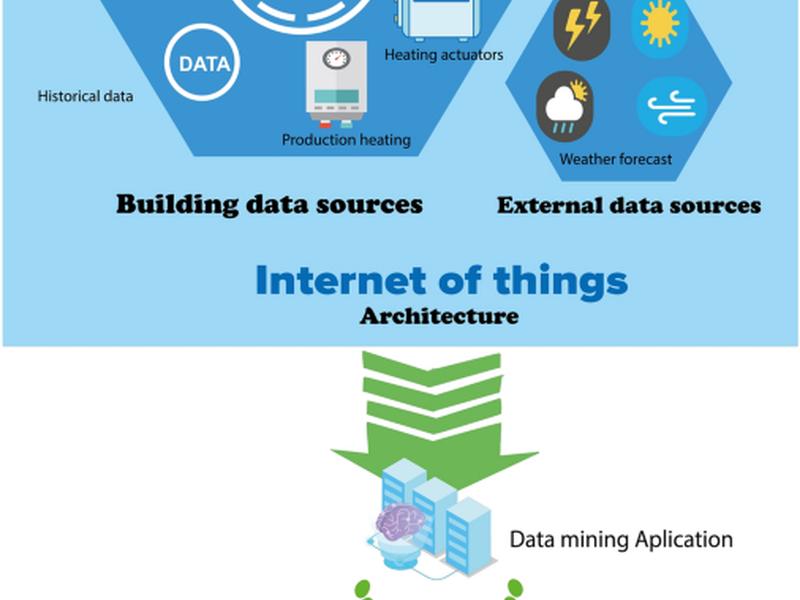This article discusses the application of a Smart City Model to a traditional university campus using IoT and big data, aiming to improve sustainability, resource management, and urban comfort. Unsupervised techniques such as clustering and predictive algorithms have been used to help predict consumption and support reactive control systems. The proposed architecture manages all these sources, supplying also the necessary mechanisms to select and merge data to enable a posterior analysis employing data mining techniques in Big Data.

